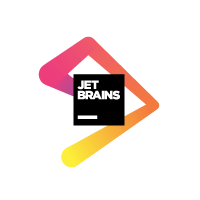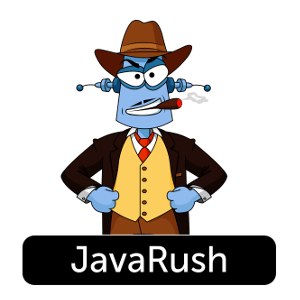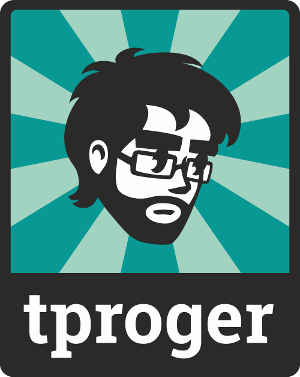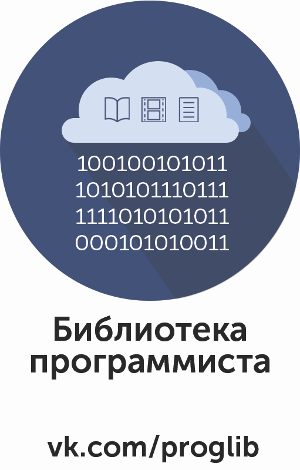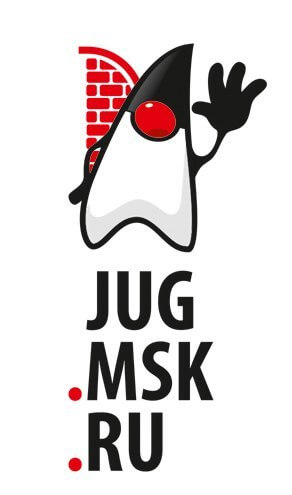Microservices and Containers in the Middleware World
Microservices are the next step after SOA: Services implement a limited set of functions. Services are developed, deployed and scaled independently. Continuous Integration and Continuous Delivery automate deployments. This way you get shorter time to results and increased flexibility. Containers improve these even more offering a very lightweight and flexible deployment option.
In the middleware world, you use concepts and tools such as an Enterprise Service Bus (ESB), Complex Event Processing (CEP), Business Process Management (BPM) or API Gateways. Many people still think about complex, heavyweight central brokers here. However, Microservices and containers are relevant not just for custom self-developed applications, but they are also a key requirement to make the middleware world more flexible, agile and automated.
This session discusses the requirements, best practices and challenges for creating a good Microservices architecture in the middleware world. A live demo with the open source PaaS framework CloudFoundry shows how technologies and frameworks such as Java, SOAP / REST Web Services, Jenkins and Docker are used to create an agile software development lifecycle to realize “Middleware Microservices”.

Kai Wähner works as Technical Lead at TIBCO. Kai’s main area of expertise lies within the fields of Integration, Big Data, Analytics, SOA, Microservices, BPM, Cloud Computing, Java EE and Enterprise Architecture Management. He is speaker at international IT conferences such as JavaOne, ApacheCon or OOP, writes articles for professional journals, and shares his experiences with new technologies on his blog. Find more details and references (presentations, articles, blog posts) on his website.
Презентация

Видео
Все доклады







